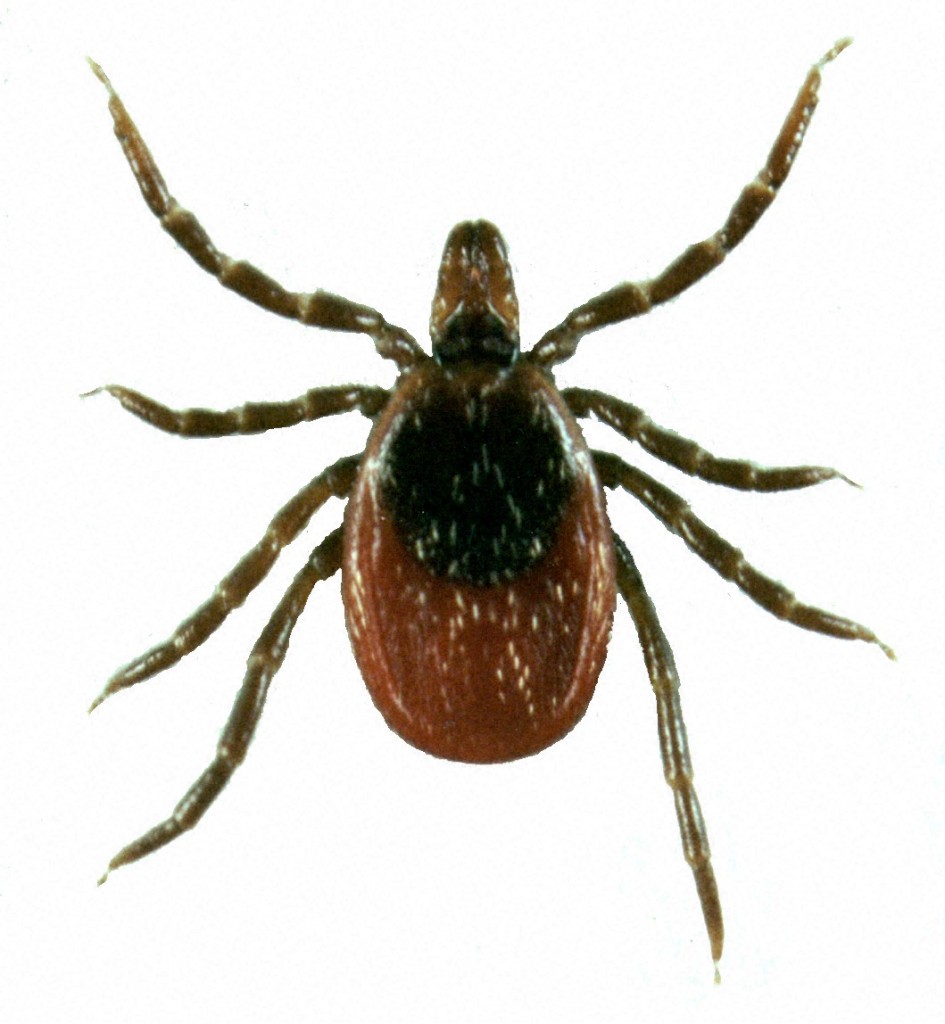Last year we saw a lot of ticks. The relatively mild winter this year will have done little to reduce the numbers for this spring.
Ticks will start to rise out of the ground in the next two months, when we get the warmer spring weather.
Now is a good time to think about tick treatment.
Ticks are part of the spider family.
They feed off the blood of animals after which they drop to the ground and lay their eggs.
The three main sources of ticks in this country are sheep, deer and hedgehogs.
However they will sometimes attach to dogs, cats, humans and other animals.
When one of my sons was a baby I was horrified to find a tick attached to his head after playing in grass in Scotland.
Before a tick feeds it looks like a small spider.
It sits at the top of grass stalks with its front legs held up waiting for an animal to come by.
Once it gets onto the animal it crawls up the body and starts to feed.
The animal does not usually feel this as the tick injects a local anaesthetic along with anticoagulants to make the blood flow.
The body of the tick now grows hugely and turns a grey colour.
This is the stage that the tick becomes visible.
After feeding for a day or so the ticks detach and drop to the ground.
When removing a tick it is important not to squeeze the tick as this can increase the risk of infections being passed from the tick.
The mouthparts of the tick need to be grasped close to the skin with something like tweezers and the tick removed by twisting, not pulling.
There is a very useful tool called the O,Tom hook that makes tick removal much easier.
Your vet will be able to provide these.
The most worrying disease that can be transmitted by ticks is Lyme’s disease caused by a bacteria.
This disease is on the increase in the last few years.
The most common symptoms in dogs and cats are lethargy, joint pain and fever.
This can occur months after the tick bite.
Other symptoms include neurological symptoms, heart disease and meningitis.
Once diagnosed the disease is easily treated in its earlier stages with a certain type of antibiotic.
This same disease can also affect humans with the same symptoms. Infected people will often develop a skin rash a few days or weeks after the bite that often looks like a target with a central circle at the bite site and an outer ring.
There are several treatments on the market that kill and repel ticks.
Take care as many of the modern flea preparations do not kill ticks.
Talk to your veterinary surgery for more information.







